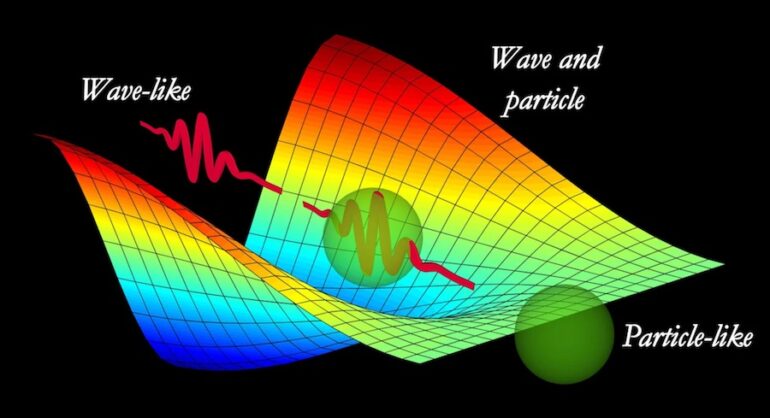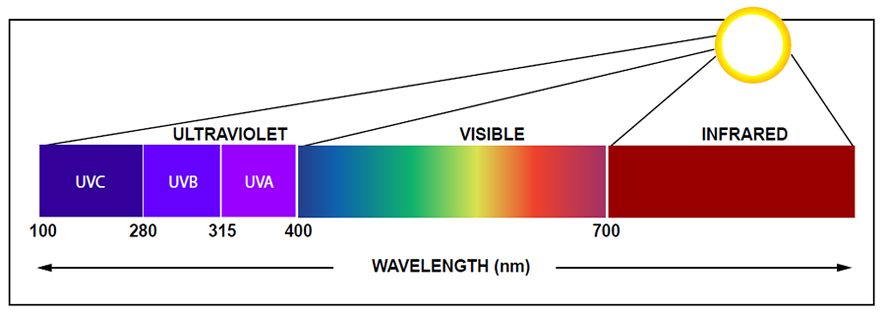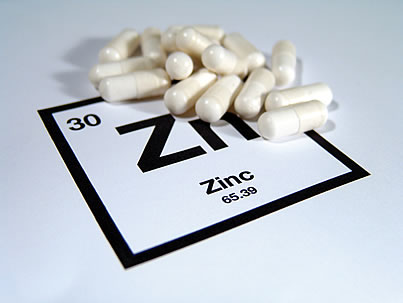I can clearly remember a time when understanding light on our aquariums was more like trying to wrap your head around alchemy than actual science. We discussed light in number of tubes, watts per gallons, and trichromatic, actinic and daylight ‘colors’ of light.
With more and better lighting technology came more and better lighting education in the reefing hobby, and today many of us are at least amateur experts at the basics of aquarium lighting. A reefer coming into the LFS talkin’ bout ‘watts per gallon’ will quickly be reprimanded and steered towards PAR values (although many of you still need to know the units of PAR – umol/m2/s – micromols per square meter per second, or simply ‘micromols’ for short.)
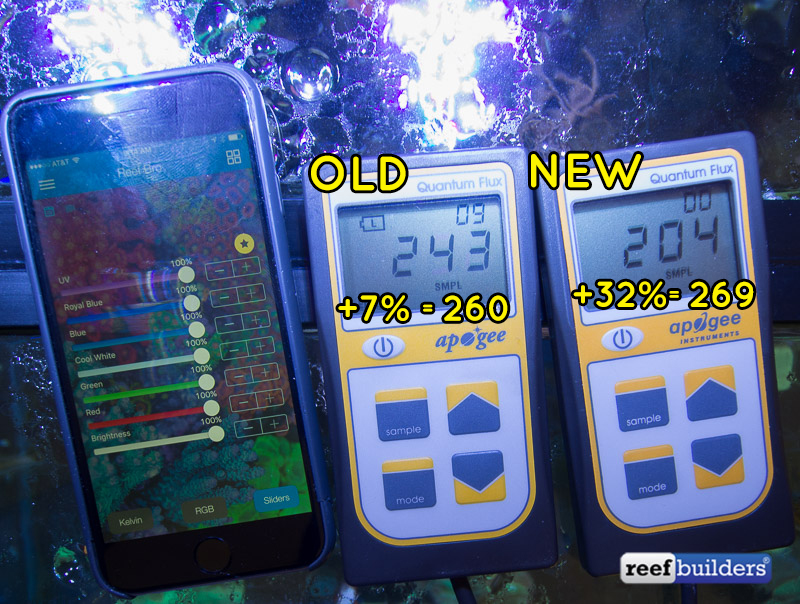
Also with the introduction of LEDs we’ve become keenly aware of the different neighborhoods of the visible light spectrum, not just the highs and low nanometers, the bass and treble of light if you will. With more LED color choices and better control of each color channel in high tech led lights, we’re seeing and learning first hand the effect of narrow bands of spectrum on our corals’ health, growth and color.
We’ve come a loooong way since the Dark Ages of reef aquarium lighting, but now that we’re all able to debate whether our shrooms need a maximum of 100 umols of PAR or that our Acros need a minimum of 300 umols to really thrive, let’s spice up the conversation with some additional ways to discuss, measure and characterize light in our aquariums.
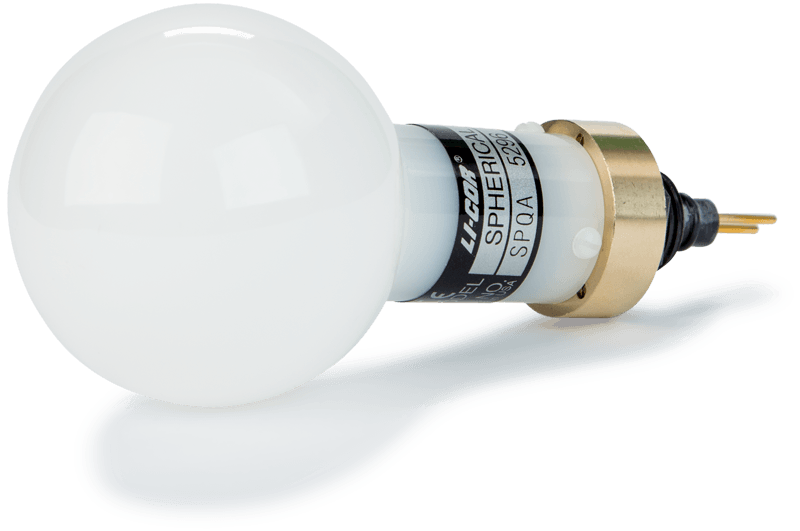 Light in 3D
Light in 3D
Reefers have done an amazing job at trying to understand light in two dimensions. We can easily picture how light rays emanate from a source and fall on a surface, with photons gathering on coral surfaces.
However, light travels in all directions, and just because our lights are on top of our tanks and pointed downwards, doesn’t mean that it doesn’t travel in every direction. It doesn’t help that first Gen LED lights had really straight collimated light and we’ve been measuring light with PAR meters that have flat sensors.
But bet you didn’t know that there are actually spherical PAR sensors that measure light coming from all directions. A spherical sensor will always register more light than a flat sensor in an aquarium. The concept of 3D light is super important because very few corals are totally flat and facing upwards! Most corals have very complex 3D structure and even many of the ‘flat coral’ species actually grow vertically or even upside down!
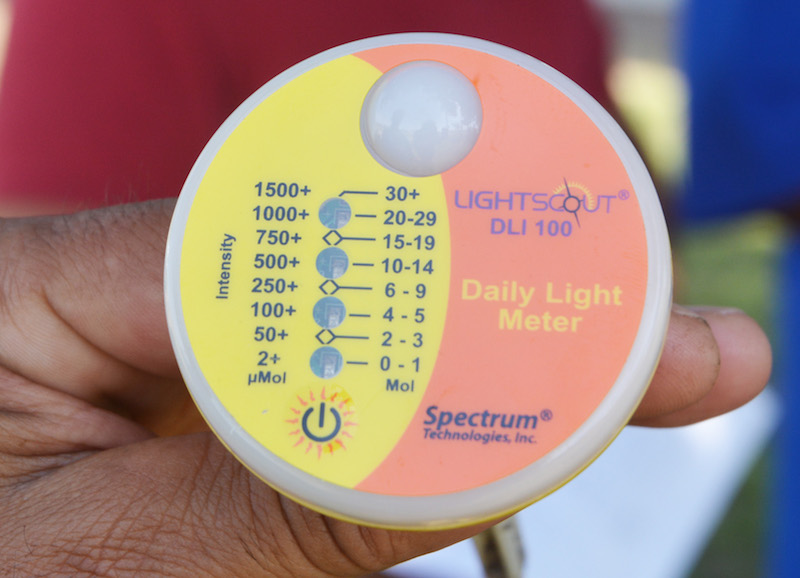 Daily Light Integral
Daily Light Integral
The Daily Light Integral or DLI is the most important metric of light that you’ve never heard of. In reef tanks we’re keenly aware that there is a sweet spot for corals, a combination of lighting intensity and photoperiod.
But the intersection of intensity and the duration of the light is neatly summed up by the Daily Light Integral. DLI refers to the total amount of light that falls on a given surface. It makes sense when you think about the total amount of energy that a solar panel can capture during a while day – and it’s very convenient to think of corals as solar panels in this context.
There’s even DLI meters available for farmers to know when to plant and harvest their crops, and better understand how much total ‘light energy’ their corals have received. Interestingly, for very fine and precise measurements of PAR and narrow bandwidth of light, we need very expensive light sensors. But for gross averages of light, a basic DLI meter should be able to get us pretty close to understanding DLI even in our reef tanks.
High Energy Visible Light
There’s so much about the spectrum of light that we still don’t understand, as it relates to our aquarium corals. Particularly, in the high energy end of the spectrum , which is to say all the different wavelengths of blue light from 400 to 500nm.
But one thing that is helping us tease apart the effects of blue light on our corals is the availability of better and newer LEDs with peaks at virtually every wavelength of blue light. It is now possible to light up our corals with very discrete wavelengths of blue light, and in time we will better understand how 420 to 430nm brings out blue fluorescence in SPS corals, how near-UV interacts with longer wavelengths to aid in photosynthesis and so much more.
Could high energy visible (HEV) light be damaging to corals?
The Role of Trace Elements
Chemistry is the heart of biological interactions with light. Photosynthesis is often represented by the following equation:
6CO2 + 12H2O + Light Energy ? C6H12O6 + 6O2 + 6H2O
This is the engine that powers all life on earth, but there’s a whole suite of elements that also play a role in aiding and regulating the rate and efficiency of photosynthesis.
Boron helps to regulate metabolism, Iron and Manganese are required for synthesizing chlorophyll, Copper and Molybdenum help with the uptake of nitrogen, and Zinc is critical for certain photo-enzymes and hormones. Interestingly, these trace elements are not necessarily critical to corals themselves, but the microscopic plants that live inside them, the zooxanthellae that actually to the work of turning light into usable energy!
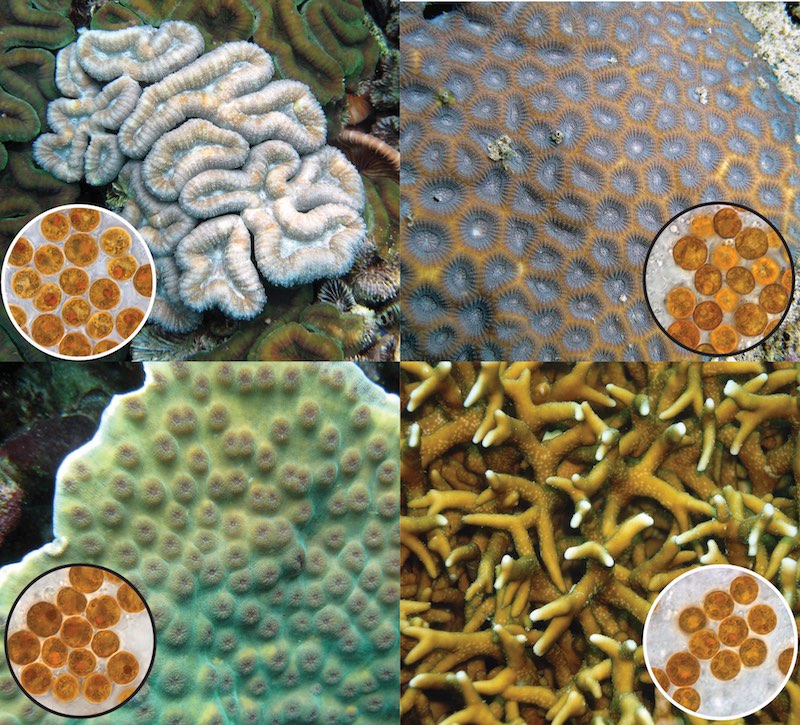 Zooxanthellae & Symbiodinium
Zooxanthellae & Symbiodinium
Last but certainly not least, corals don’t actually do anything with light, they are simply real estate for single cell golden algaes to live in. We often talk about the needs of corals relative to this light intensity or that lighting spectrum.
But what we’re really saying, inadvertently, is that the zooxanthellae of shallow water Acropora need high intensity broad spectrum light, or that the specialized zooxanthellae of a neon orange Leptoseris needs less and bluer light. Symbiodinium is the little critter that lives inside our corals, comprising many different species, each with their own unique characteristics and preferences.
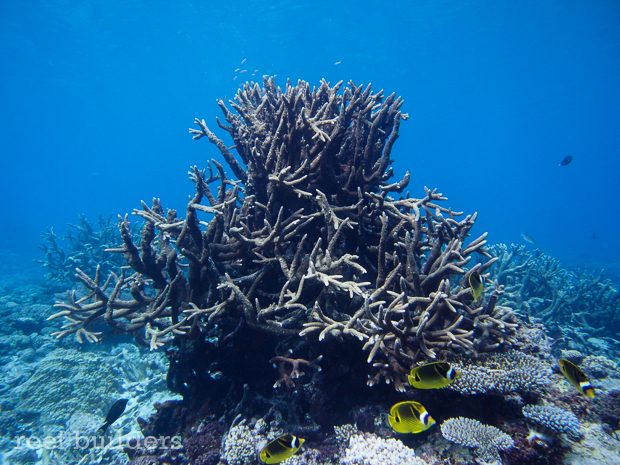
The population of Symbiodinium within a coral can change both in kind and densities with the seasons. More surprisingly, larger corals can actually harbor different species of symbiodinium throughout the colony, like a condominium of zooxanthellae all living in different microhabitats in the environment that corals provide.
There’s a whole field of symbiosis research that specializes in studying the ecology of zooxanthellae and related micro-organisms. It’s beyond the scope of this article to go into great detail about the differences between Symbiodinium species, and it’s also a little bit dry unless you’re really into it. But suffice to say that zooxanthellae is the real keystone species of coral reefs, and this ecosystem wouldn’t exist without them!

This article has been a thoughtful that I’ve been working on for months, as I think the hobby is ready to challenge its knowledge about photobiology. Can you think of some other ways that we can do more to talk about lighting in our reef tanks, the needs of corals etc? If so let us know in the comments as it’s well time to go beyond the basics of aquarium lighting.


